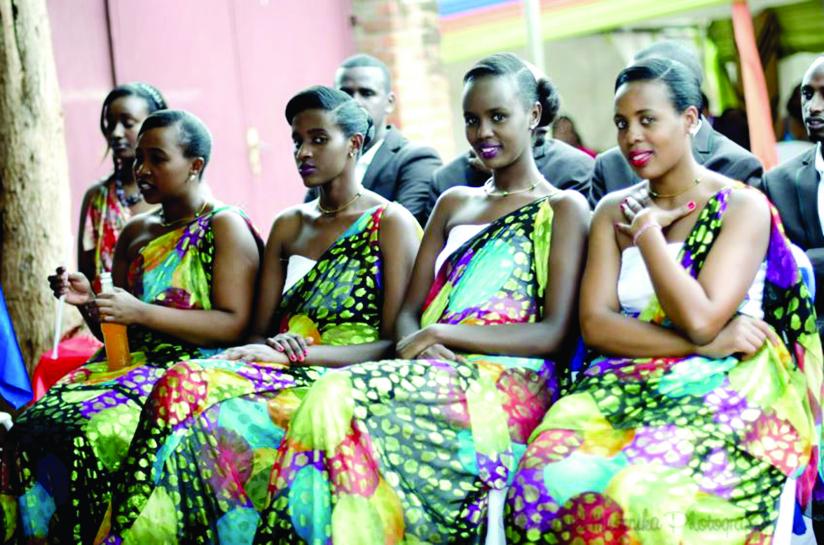It is very interesting to read how the umushanana has left an indelible impression on the country’s fashion circuit.


Editor,
RE: "Old is gold: The rise of umushanana fashion trend” (The New Times, July 15).
It is very interesting to read how the umushanana has left an indelible impression on the country’s fashion circuit.
As cited in your article, every woman’s wardrobe is incomplete without the cultural attire.
Margret Mukangwije, an elderly resident of Gahini, went on to remark that the umushanana is as old as Rwandan culture.
With a price range from Rwf15,000 up to Rwf200,000, this attire is well within the reach of one and all.
Please allow me to share with your esteemed readers the fact that the beauty of Rwanda’s umushanana is a major attraction even in faraway Mumbai, whenever we have a cultural extravaganza in this city.
We are in the process of inviting Rwandans to undergo comprehensive training and internships and for sure the umushanana will be a definite part of the wardrobes of the young ladies who enroll for such programmes.
In conclusion, Rwanda’s beauty lies not only in the thousand verdant hills, but also in the beautiful people and even in its traditional umushanana among others.
Clarence Fernandes
**************
It would indeed be interesting to retrace the history of this body wrapping. As slightly hinted at in the story, it all started with traditional hide wrapping.
Then around 1900, ambulant Arab merchants introduced cotton and other knitted fabrics. And then how did Rwandan ladies and men transited from wrapping with hides to wrapping with fabrics?
From what I personally recall in the 40s and 50s, those ladies and men who wrapped their bodies with fabrics, they would do it the same way in three pieces, except the top that was a (white) shirt for men and a unicoloured blouse for ladies.
Also, men would use a belt, and ladies a textile cord, to tie (in a slightly different way and at varied lengths) the lower piece onto their body.
But most importantly, is how to tap into this unique cultural asset, once it is rehabilitated, and come up with an actualised and distinct national costume, both for ladies and gents, both for daily casual wear at work and during ceremonial gatherings? Just as it is in other countries and cultures in the world.
Francois-X. Nziyonsenga


